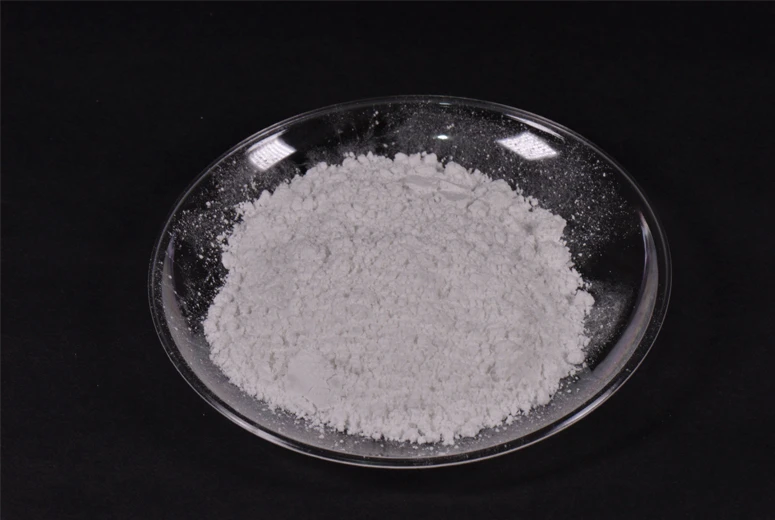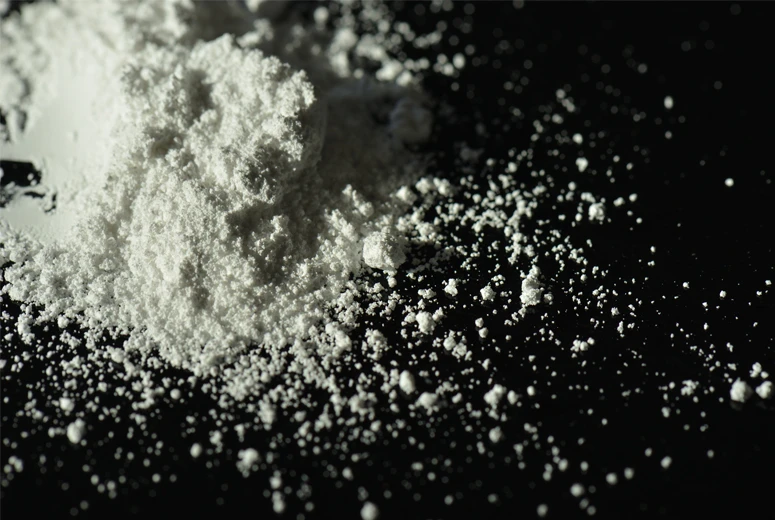Feb . 10, 2025 10:25
Back to list
W-200 Muscovite Powder
Assessing the safety of mica as a product ingredient requires an understanding not only of its properties but also its source and the processes involved in its production. As a naturally occurring mineral, mica is renowned for its shimmering quality, making it a popular choice in a myriad of industries, particularly in cosmetics and electronics. Here, we explore the safety aspects of mica, delving into its real-world applications and the standards that govern its use, thereby providing authentic insights from industry experts.
Nonetheless, the concern about mica safety cannot be thoroughly discussed without acknowledging the ethical implications of its sourcing. A significant portion of the world's mica is mined in regions where informal mining is prevalent, often involving child labor. This aspect introduces a layer of complexity to its safety narrative — not from a chemical perspective but a humanitarian one. Companies committed to ethical sourcing, like those under the Responsible Mica Initiative, strive to ensure that the mica supply chain is transparent and devoid of exploitative practices. This ethical commitment bolsters the trustworthiness of the brands that commit to responsibly sourced mica, providing an added layer of assurance regarding the overall ‘safety’ of the product. In electronics, mica's dielectric properties make it an essential component for insulation purposes. The safety here refers not only to its performance reliability under various environmental conditions but also to its lifecycle impact. Renowned experts in the field advocate for the recycling of mica to minimize environmental footprint, an aspect that supports broader sustainability goals and enhances product safety from an ecological perspective. To sum up, mica’s safety encompasses multiple dimensions — chemical safety, ethical sourcing, and environmental impact. Industry experts assert that when mined responsibly and processed in compliance with regulatory standards, mica is safe for use in consumer products. This assurance, reinforced by authoritative regulatory oversight and ongoing commitment to ethical practices, positions mica as a reliable component in many products. For consumers, understanding the multifaceted safety of mica can enhance trust and lead to more informed purchasing decisions, underscoring the mineral’s enduring role in both cosmetic and technological applications.


Nonetheless, the concern about mica safety cannot be thoroughly discussed without acknowledging the ethical implications of its sourcing. A significant portion of the world's mica is mined in regions where informal mining is prevalent, often involving child labor. This aspect introduces a layer of complexity to its safety narrative — not from a chemical perspective but a humanitarian one. Companies committed to ethical sourcing, like those under the Responsible Mica Initiative, strive to ensure that the mica supply chain is transparent and devoid of exploitative practices. This ethical commitment bolsters the trustworthiness of the brands that commit to responsibly sourced mica, providing an added layer of assurance regarding the overall ‘safety’ of the product. In electronics, mica's dielectric properties make it an essential component for insulation purposes. The safety here refers not only to its performance reliability under various environmental conditions but also to its lifecycle impact. Renowned experts in the field advocate for the recycling of mica to minimize environmental footprint, an aspect that supports broader sustainability goals and enhances product safety from an ecological perspective. To sum up, mica’s safety encompasses multiple dimensions — chemical safety, ethical sourcing, and environmental impact. Industry experts assert that when mined responsibly and processed in compliance with regulatory standards, mica is safe for use in consumer products. This assurance, reinforced by authoritative regulatory oversight and ongoing commitment to ethical practices, positions mica as a reliable component in many products. For consumers, understanding the multifaceted safety of mica can enhance trust and lead to more informed purchasing decisions, underscoring the mineral’s enduring role in both cosmetic and technological applications.
Prev:
Next:
Latest news
-
Transforming Surfaces with Mica-Enhanced Paints in Coatings and DecorationNewsJul.02,2025
-
The Ultimate Guide to Mica-Based Luminous Colors with Pearlescent PigmentNewsJul.02,2025
-
The Critical Role of Mica in Industrial Applications in Welding and Oil FieldsNewsJul.02,2025
-
Revolutionizing Automotive Aesthetics with Modified Plastics Pearlescent PigmentsNewsJul.02,2025
-
The Secret with Mica Powder for Cosmetics Behind Radiant, Natural MakeupNewsJul.02,2025
-
Enhancing Performance in Polymer Applications with Mica Powder for RubberNewsJul.02,2025
Products categories









